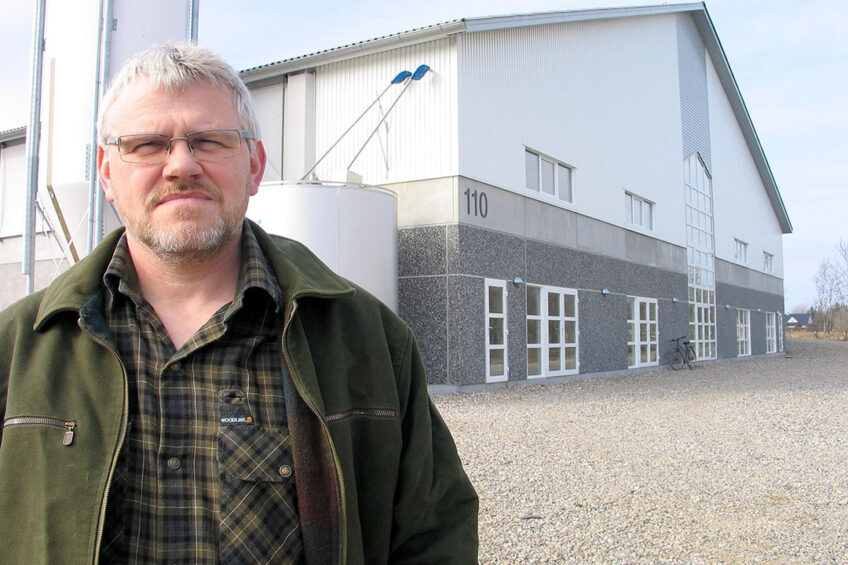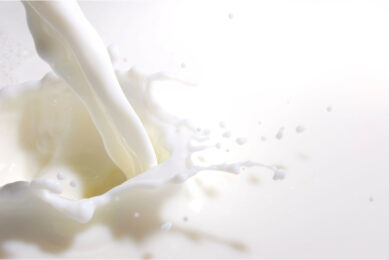Danish dairy farming neighbours partner up

Two neighbouring dairy farmers in Denmark entered into a business partnership 20 years ago and say that this business model works well.
Kjartan Poulsen, dairy farmer and chairman of the Danish Milk Producers Association, farms on the west coast of Denmark. In 1989 he began his career on a farm that he later bought, owning just 45 cows. By 1998, Poulsen entered into a business partnership with his neighbour, who at the time owned 200 cows. Today the partners milk 900 cows and farm 1,500 hectares. Both farms practice organic production.

Splitting cows
The neighbours have split the cows up on the 2 farms into different milking groups. The Holstein Friesian herd averages 9,000 litres per cow per year at 4.2% butterfat and 3.4% protein. “We are milking on 2 farms. The first one has all the first-time calving cows in 2 teams. The second farm keeps all the older cows also in two teams. Team one includes cows from calving to around 100 days, and the second team is with the bulls. We do not use AI very often in Denmark,” said Poulsen, adding that both the cows and the young stock graze outside from around April until October. The cows are milked twice a day on both farms, and all of the milk produced goes to Arla, fetching the farmers approximately 43.5 euro cents (US$0.48) per litre.


Denmark’s dairy industry
Organic milk accounts for about 14% of the 5.5 billion litres of milk that Denmark produces each year. Dairy exports account for over 20% of all Danish agricultural exports, making it an important sector. Dairy exports bring in around €2 billion to Denmark’s economy each year.

As is seen in many other countries, the number of dairy farms in Denmark has decreased from about 6,300 dairy farms in 2005 to about 3,000 dairy farms in 2018. Denmark has a total of about 570,000 dairy cows.
Arla Foods is the biggest dairy company in the country, but there are about 30 smaller dairy companies with over 60 production plants in total.
Join 13,000+ subscribers
Subscribe to our newsletter to stay updated about all the need-to-know content in the dairy sector, two times a week.










